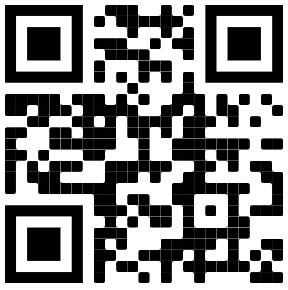








… the potential use of Acoustic MyoGraphy as a first step assessor of injured athletes!




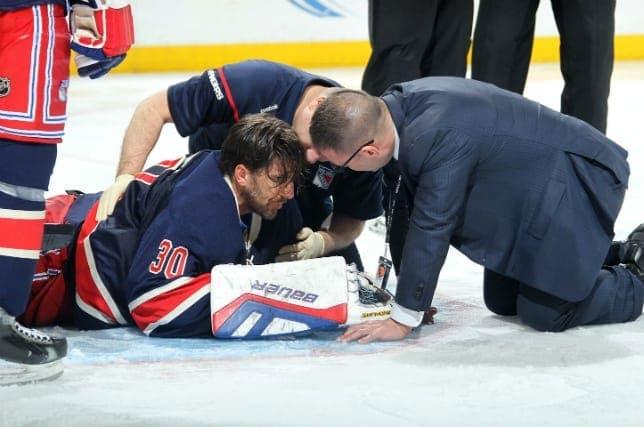

Sports-related concussions often result in mental and physical symptoms (e.g., inability to concentrate, forgetfulness, headache, fatigue, dizziness).
For many athletes, the symptoms disappear after about 10 days, and they typically do not last more than several months. It is important that such sports-related concussions be detected early and without having to move the subject unnecessarily.



State of the Art

Sports concussions are often assessed using the K-D and MACE 2 tests.
KING – DEVICK test

MACE 2 – Military Acute Concussion Evaluation
• Speed of rapid number naming – this aims to capture impairment of eye movements
• Assesses attention span
• Tests language abilities
• Vestibular-ocular reflex
• Visual motion sensitivity
• Tandem gait – requires the subect to walk
• Pupil response
• Eye tracking
• Grip strength



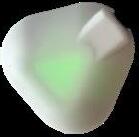
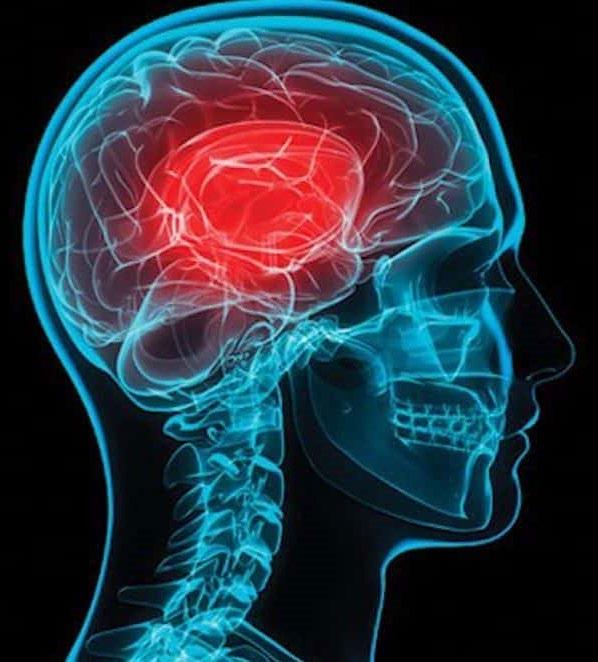



Attach a small CURO sensor to the corner of both eyes (see illustration) without moving the subject, after which the following tests should be executed:
• Speak to the subject, inform them that they will be required to blink each eye
• Make it clear that the subject should blink three times in rapid succession when they see a blue spot, and should not blink when they see a black spot
• (hold a smart phone screen up close to the subject and show them either a black or a blue spot screen)
• Observe the number of blinks (3 for blue spot / 0 for black spot)
• Ask the subject to blink very faintly 3 times and then as forcefully as possible 3 times, both in rapid succession






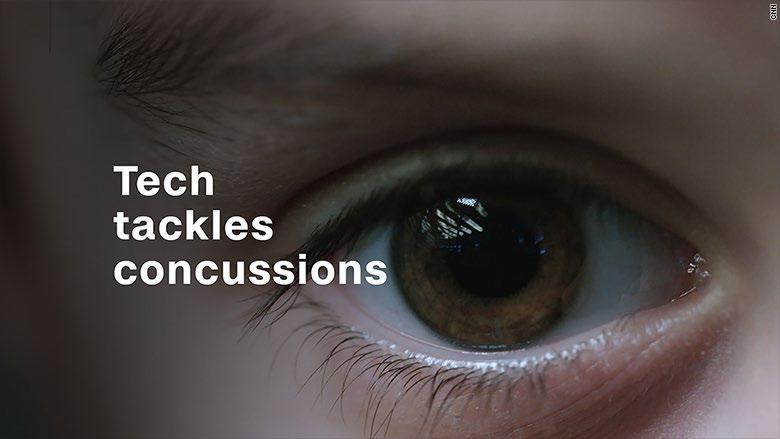







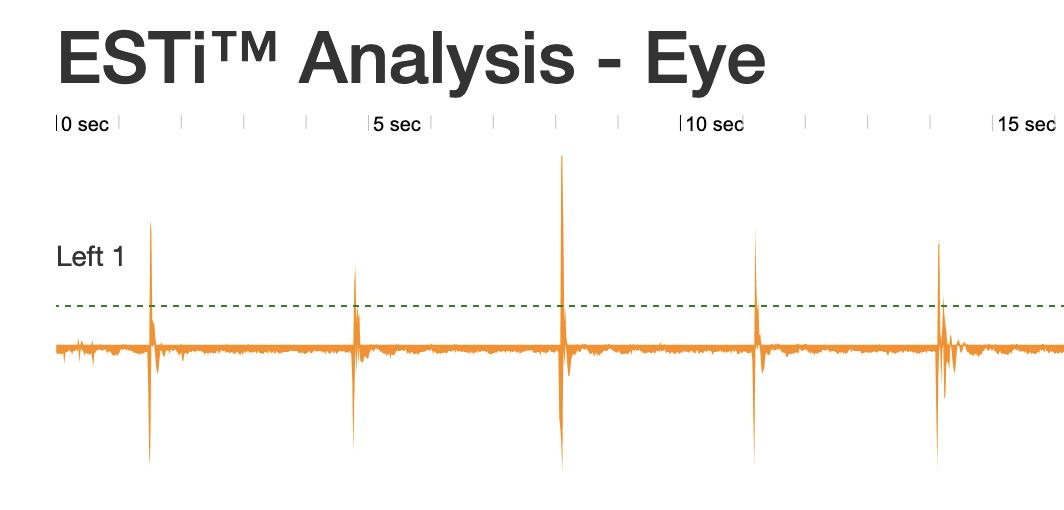
Eye movement response



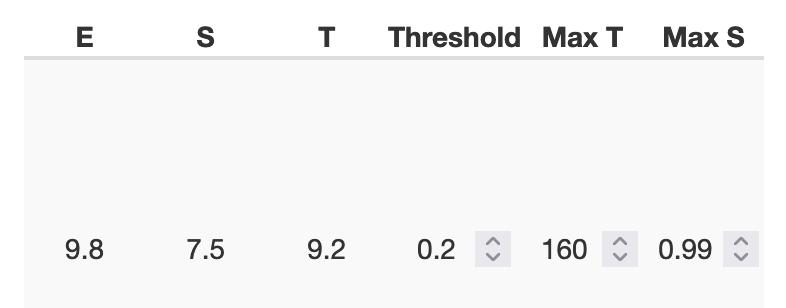








Assessment




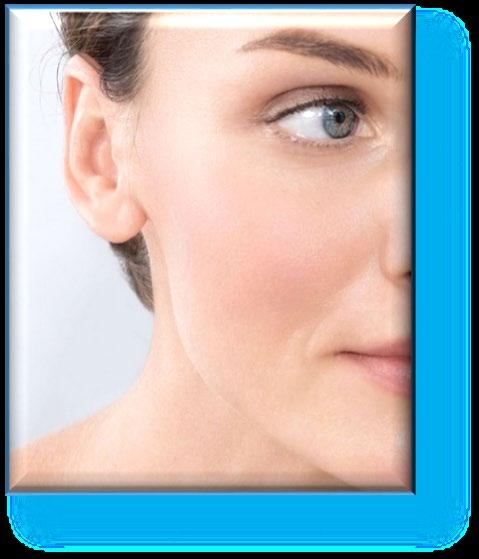
Attach a small CURO sensor to the corner of *both eyes (see illustration) without moving the subject, after which the following tests should be executed:
• • •
•
• * Speak to the subject

Subject should blink (with blue spot only) (smart phone screen up close to the subject)
Observe the number of blinks
Faint / forceful blinks 3 times
NB - Left eye/Right eye Blink for
Hemisphere Test

Auditory Cortex (temporal lobe) ”BlinkingCenter" – globus pallidus of the lenticularnucleus
Visual recognition (colour) – Ventral
Occiptallobe + optic nerve
OrbitofrontalCortex – blinkingrate
Cerebellum Cortex – forceful blinks with damage
Cerebrum – interprets sounds and sights
Cerebellum – coordination – fine motor skills(blinking)

Conclusions:

• The Curo shows potential for eye movement and blinking assessment with concussion subjects
• Curo units can be used to assess grip – already documented and published Physiol Rep, 6 (1), 2018, e13580, https://doi.org/10.14814/phy2.13580
• Curo units are non-invasive, easy to use and give realtime data
• Curo tests could be applied before a subject is moved and act as a first line assessment of concussion

